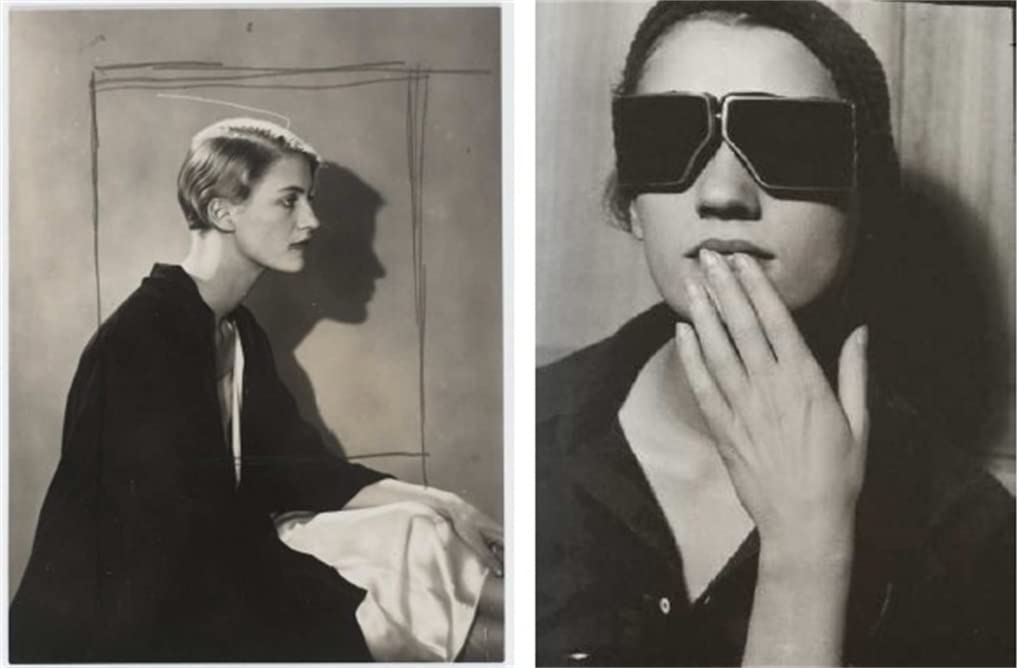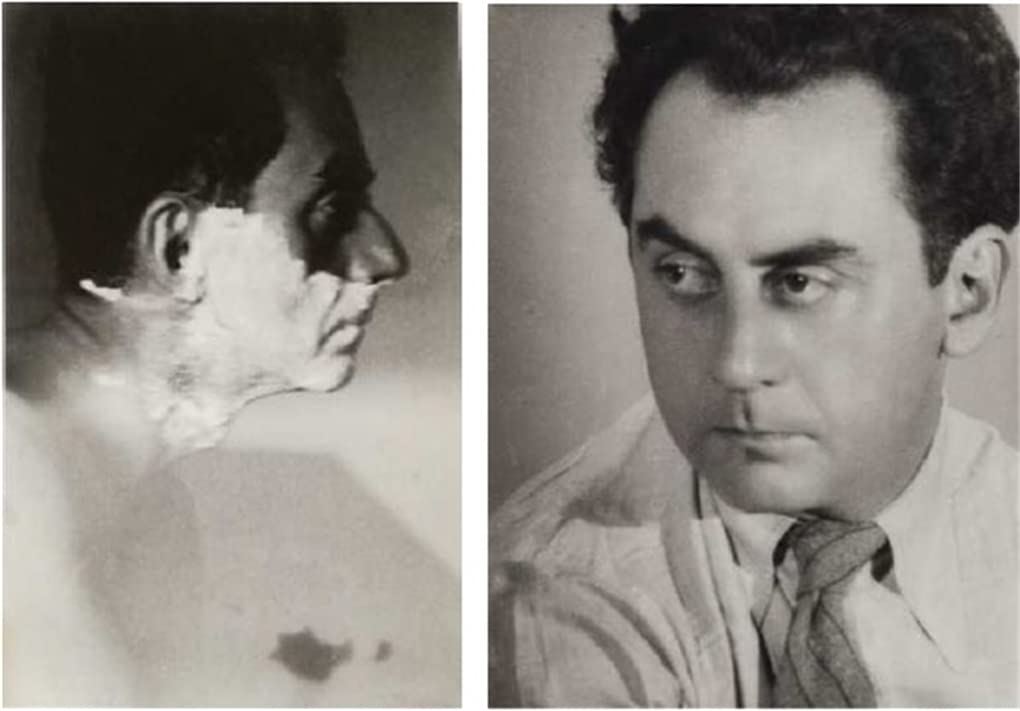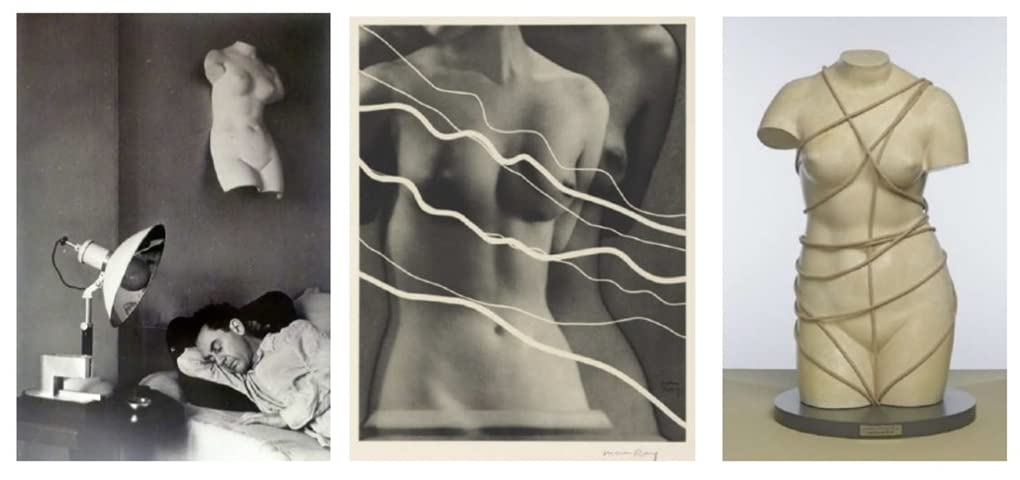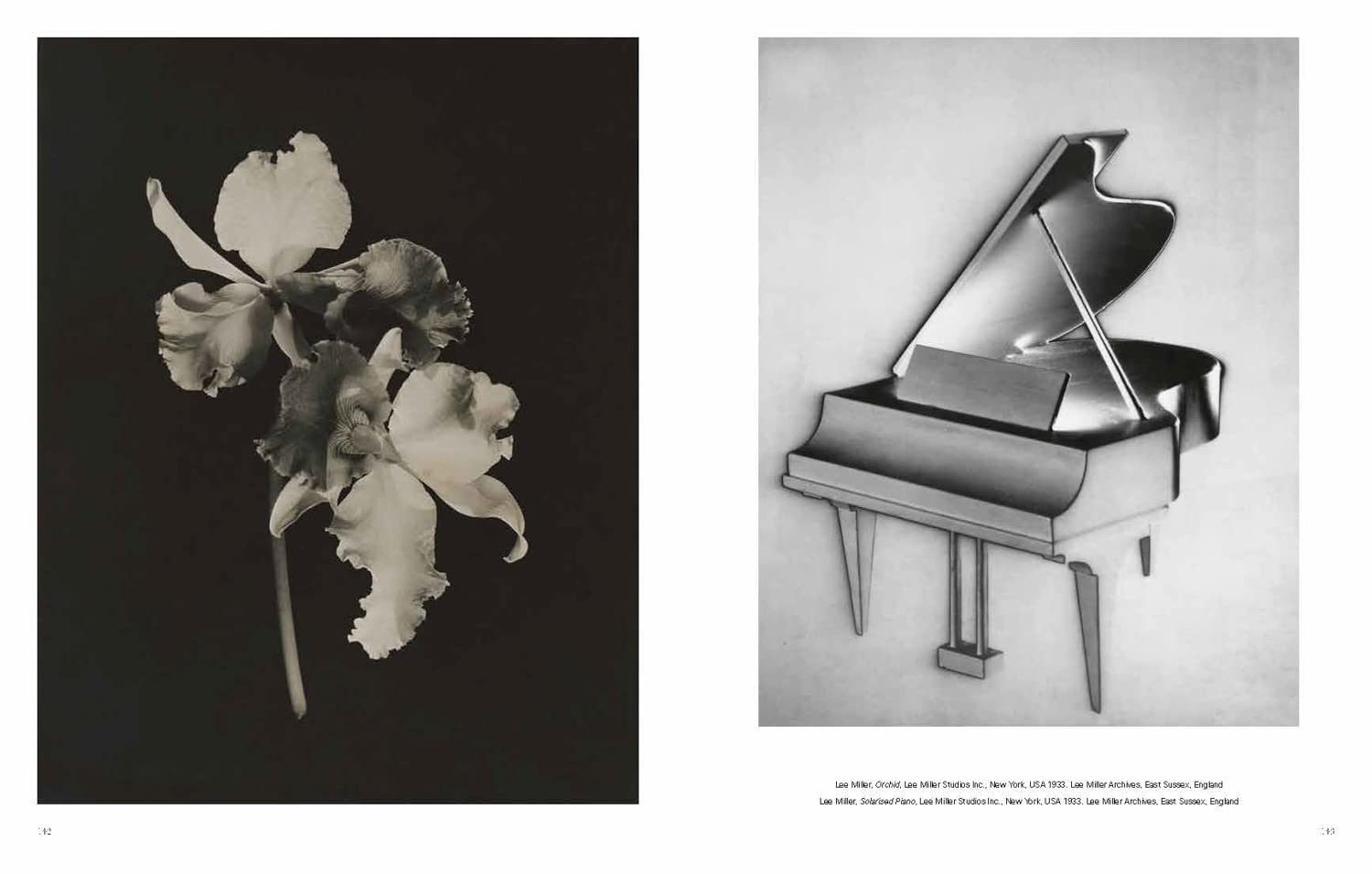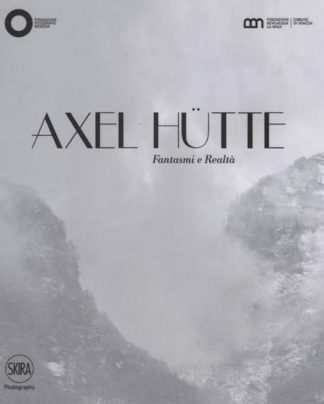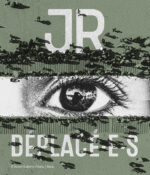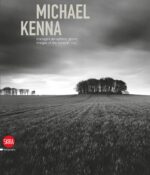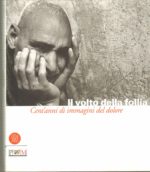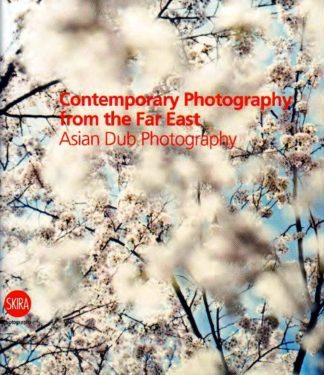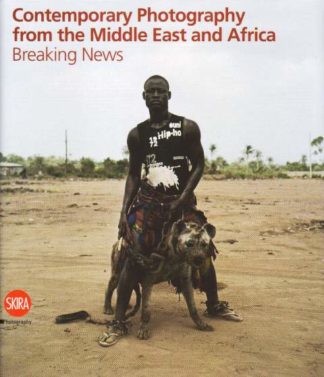Ce volume rend hommage à Lee Miller (1907-1977), pionnière de la photographie surréaliste, correspondante de guerre, muse et icône, et la place résolument sur un pied d’égalité avec Man Ray (1890-1976), dont le travail a eu tendance à l’éclipser de son vivant et par la suite. À travers environ 140 photographies de Lee Miller et de Man Ray, ainsi que des œuvres d’art et des images d’archives prêtées par les Archives Lee Miller et la Fondazione Marconi, Lee Miller & Man Ray : Fashion, Love, War révèle une relation profonde mais compliquée.
Man Ray a rencontré Miller au printemps 1929 dans un bar de Paris appelé le Bateau Ivre. Lee Miller cherchait des leçons de photographie; Man Ray a dit qu’il ne prenait pas d’étudiants et qu’il était sur le point de partir en vacances à Biarritz. « Moi aussi », a-t-elle répondu, devenant son apprentie puis sa maitresse. Ils établirent bientôt la parité créative et découvrirent ensemble la technique de la solarisation ; les œuvres solarisées de Lee Miller étaient à l’époque fréquemment attribuées à Man Ray. Outre la photographie de guerre emblématique de Lee Miller, Fashion, Love, War présente également des portraits de Man Ray d’amis et de protagonistes importants de l’époque, tels que Max Ernst, Pablo Picasso, Giorgio de Chirico, Jean Cocteau et Salvador Dali, et des portraits surréalistes de Lee Miller.
This volume pays homage to Lee Miller (1907–77)―pioneer of Surrealist photography, war correspondent, muse and icon―and places her emphatically on a par with Man Ray (1890–1976), whose work tended to overshadow her both during her lifetime and subsequently. Through approximately 140 photographs by Miller and Man Ray, plus art works and archival imagery loaned by the Lee Miller Archives and Fondazione Marconi, Lee Miller & Man Ray: Fashion, Love, War reveals a deep but complicated relationship.
Man Ray met Miller in the spring of 1929 at a Paris bar called the Bateau Ivre. Miller was seeking photography lessons; Ray said he didn’t take students and was about to depart for a vacation in Biarritz. « So am I, » she replied, becoming his apprentice and then lover. They soon established creative parity, and together discovered the solarization technique; solarized works by Miller were at the time frequently attributed to Man Ray. Alongside Miller’s iconic war photography, Fashion, Love, War also presents portraits by Man Ray of friends and important protagonists of the time, such as Max Ernst, Pablo Picasso, Giorgio de Chirico, Jean Cocteau and Salvador Dalí, and Surrealist portraits of Miller.



